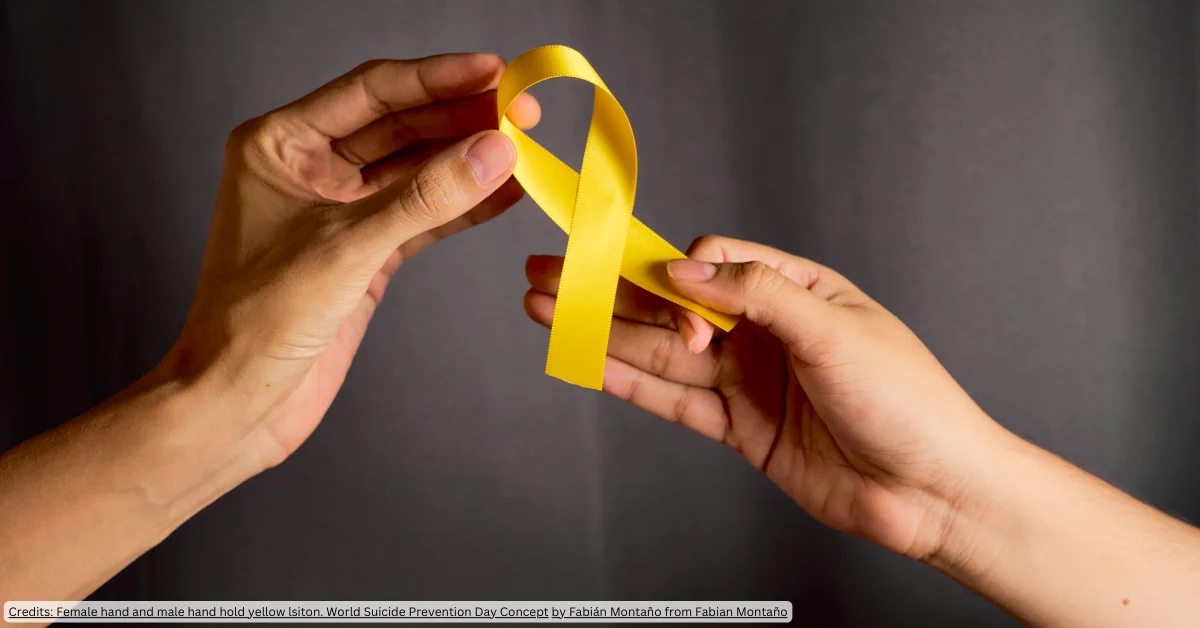As a speaker on innovative thinking, I have noticed that many conferences are not ‘designed’. When I ask about learning objectives for a conference, I am given a three or four word theme such as ‘Innovation is our future’. When I ask what this means or how participants are expected to learn or engage with this theme, I am met with silence.
Here’s the paradox. If you audited the time invested in planning a conference compared to that invested in creating a theme, developing objectives and shaping the content, I believe it would be lopsided in favour of the logistics.
People assume that the logistics will be professional, but it is what they learn and experience that will keep them coming back. This is what happens inside the conference and breakout rooms.
Research from Meeting Professionals International (MPI) suggests that meetings should be planned around clearly identified problems or issues with specific desired outcomes. These outcomes should dictate the form and process of meetings. Meetings should be viewed as learning experiences designed to change the behaviour of attendees.
Ironically, MPI also found that scientifically rigorous data about what happens in a meeting room is rare.
Design matters. The shape of the event must maximise the opportunities for people to get ideas and act on them. This is much more than breaking a day into six time slots to be filled by a speaker. There is no magic formula for determining participants’ needs. However, the following process can help:
- Review the past events: did people express interest in any themes? Review the challenges of the association: do members need to learn to be more successful next year?
- Think like a futurist: how can the event help members be more strategic-based on trends in the industry?
It takes foresight to see what is on the horizon and insight to shape this into three or four conference learning objectives. Think like an architect to shape a ‘learning’ blueprint for the conference.
The idea factory
One tactic used is to host an ‘idea factory’ with a cross section of members to brainstorm the big issues.
Prompt a discussion with these questions:
- What do members need to learn, explore and share?
This can range from new legislation to new processes to personal development. - What do members need to change?
Many events launch some form of change, perhaps in behaviour, in direction, or in focus if new challenges will impact in the near future. - What can members create?
Can people create solutions to important challenges? The best opportunity to solve a challenge is when everyone is in the same room at the same time. - How can members be motivated?
While motivation is often associated with sales conferences, it is also important to prompt people to take new initiatives.
Every conference should have a learning strategy that provides a clear understanding of why people should attend the event. The result of these discussions should be a one page document with your theme for a conference and several objectives.
Conference success – a case study
Beverley Main, the CEO of the Human Resources Institute of New Zealand (HRINZ) invests time to consider what members need to take away from the conference to be more successful.
Based on conversations with members, research and insight from the board, Main defines some themes that are then narrowed down to a single focus. In 2009 the focus was ‘change’ and the final theme became ‘Engaging Change’. She then drafts a 750 word essay on change. This is used in several ways:
- Speakers review the statement and draft proposals to show how they can contribute to the success of the event. This also eliminates speakers who cannot contribute to the specific theme.
- As this is used in promotional materials, members can see the value of attending the event.
In 2009 Main’s overview started with the following statement: “Like it or not, we live with change on a daily basis and regardless of our attitude to it, it influences every decision we make and every action we take. There are many ways that we approach living with change – we can deny it and hope that in doing so it will go away; we can live in fear of it and anticipate the worst possible scenario; or we can embrace it and see what opportunities come from it.”
You can read the complete essay by visiting the national events, conferences section of the HRINZ website.
Menchie Khairuddin is a writer Deputy Content Manager at Akolade and content producer for Third Sector News. She is passionate about social affairs specifically in mixed, multicultural heritage and not-for-profit organisations.
- Menchie Khairuddinhttps://thirdsector.com.au/author/menchi-kakolade-co/
- Menchie Khairuddinhttps://thirdsector.com.au/author/menchi-kakolade-co/
- Menchie Khairuddinhttps://thirdsector.com.au/author/menchi-kakolade-co/
- Menchie Khairuddinhttps://thirdsector.com.au/author/menchi-kakolade-co/











